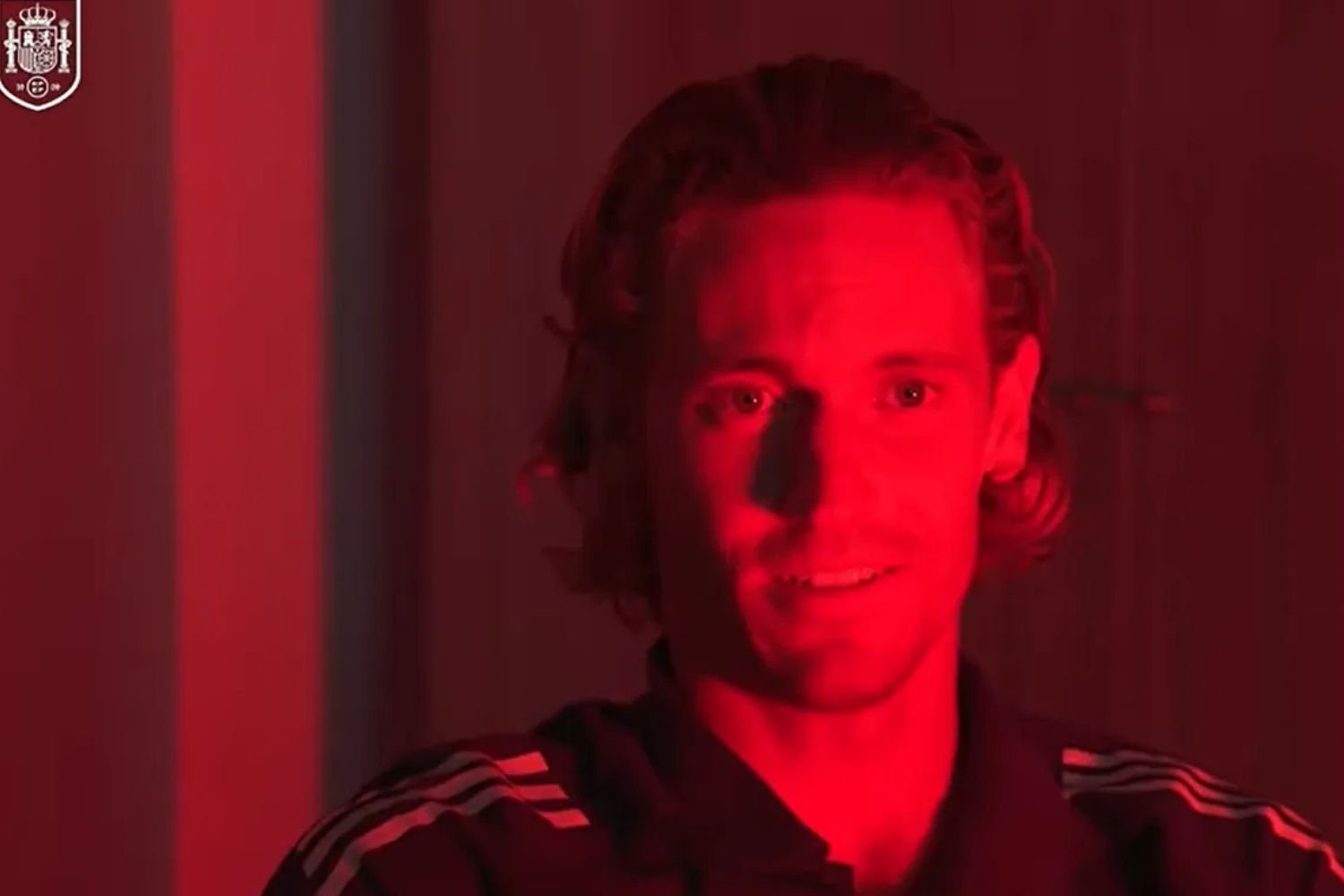Although 5G technology has just ended in some places, many scientists are already looking to the future. 6G. This is expected to be much faster as it will not use radio waves but some alternative such as visible light communication (VLC for its abbreviation in English). The only problem with this technology is that a lot of residual energy will be lost, which can be used for other purposes. To do this, it was necessary to find a way to restore it, so a group of scientists from University of Massachusetts Amherst proposed something very curious: to use the people themselves as antennas.
In fact, the 6G technology he proposed will use people in many ways, both for transmission of informationas for your reception. and also for him use of residual energy.
At the moment it is only a proposal, but they have already won with it Award for the best report at the Conference of the Information Technology Association on Embedded Networked Sensor Systems. Since 6G is still quite a few years away, they still have time to plan improvements, but the truth is that what they have already done is very interesting.
What is visible light communication and how does it relate to 6G?
Visible light communication transmits information using light in range from 380 to 700 nm. That is the light that people can see.
For this, they usually use LED lamp They flash very quickly, up to a million times per second. This makes it so called ubiquitous transmission medium, since information can be transmitted from many elements of our daily life that contain LED lights, from vehicle headlights to luminous traffic lights. In addition, the reception can be carried out in any device with a camerasuch as smartphones, tablets or laptops. Therefore, today it is the people themselves who will facilitate the movement of information.
Therefore, it is considered a very suitable option for future 6G technology. However, for its implementation, it is also necessary to take into account its weaknesses, namely, that it was noticed that during the transmission of information, some radio wave leakageknown as RF
The amount of energy that is lost in this way is so great that the possibility of using it for other purposes would be lost. For this reason, scientists from University of Massachusetts Amherst tried to make one helical copper wire antennacapable of capturing RF leakage. It was fairly easy to design, but it still had to be tested on what type of surface it would be more effective. The answer to this question was unexpected.
people are like antennas
These scientists tried to place their antenna on the surface wood, cardboard, plastic or steel, as well as their various thicknesses. The results were variable, but greatly improved. Therefore, we thought about what would happen when it was placed. in contact with the human body. And what was his surprise when he discovered that this is the best way to enhance the ability of the coil to capture energy leaks.
This led them to make a bracelet called Bracelet+which is placed on the top of the forearm. However, they believe that it can be adapted for use as ring, belt, anklet or pendant. To the taste of the consumer. Either way, it’s very cheap (about 50 cents) and the energy harvesting was good enough to channel into smartphone apps. For example, those who do monitoring of parameters related to health.
It would be very interesting, of course. However, given that cell phone conspiracy theories have even led to the manufacture of anti-radiation beds, it can be difficult to find people willing to wear such a bracelet. Time will show. Let’s go step by step.
Source: Hiper Textual













